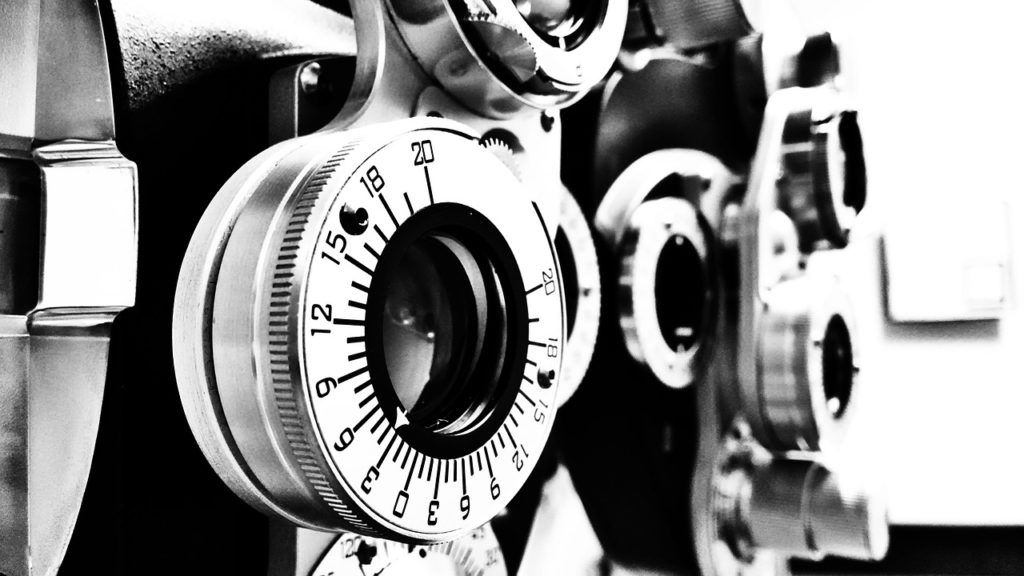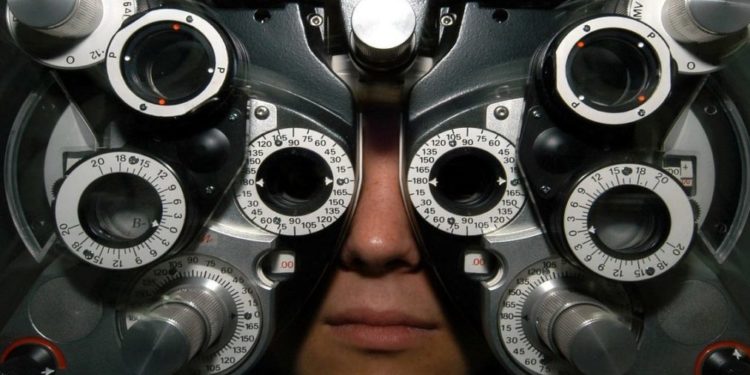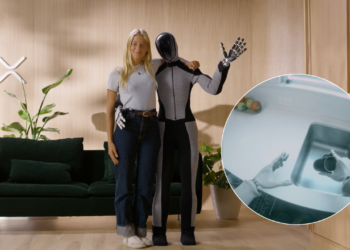The announcement made by the Harvard School of Engineering and Applied Sciences dates back to a few days ago. Used in Augmented Reality, the new technology can also be used in self-driving vehicles.
Researchers at Harvard John A. Paulson School of Engineering and Applied Sciences (SEAS) have developed a portable camera that can polarize images in a single shot. That’s not how you can understand the scope of the discovery, but if you think that polarization, ie the direction in which the light vibrates, is only visible to some species of insects and shrimps, then yes that the perspective of the image can really change ….
The discovery
The evolution of imaging was accelerated in 1935 when the first feature film with the 3-colour technique was produced in the USA. With immediate success, the technique would have been used to its fullest extent up to the present day. Today, however, the perspective that polarization gives us is one of great information on the effects with which light interacts. This technique was then adopted by the cameras to improve the contrast of objects and then analyze the quality of various materials subject to wear. However, history repeats itself in the sense that these devices occupy a not insignificant amount, with a limiting effect on the real scope of this technique. Until the researchers of the School of Engineering and Applied Sciences at Harvard have put precisely a mini portable camera that polarizes the images in a single shot.

The publication of the research
According to its founders, “polarization can help us in the 3-D reconstruction of an object, to estimate its depth, texture and shape, and to distinguish artificial objects from natural ones, even if they are of the same shape and color. “This technology could be integrated into existing imaging systems, such as mobile phones or cars, allowing the widespread adoption of polarization images and new previously unforeseen applications,” Rubin said.
Researchers argue that these new mini cameras can be used on board self-driven vehicles, aircraft satellites to study the Earth’s atmosphere or to detect suspicious objects.
Browse the sections on our blog and follow us on our Facebook and Youtube page.

































